Explore London like never before with Open House's ‘alternative' guide
Ahead of its annual architecture event, Open House publishes The Alternative Guide to the London Boroughs, a fascinating book edited by Owen Hatherley that explores the grand metropolis' different neighbourhoods like you've never seen them before
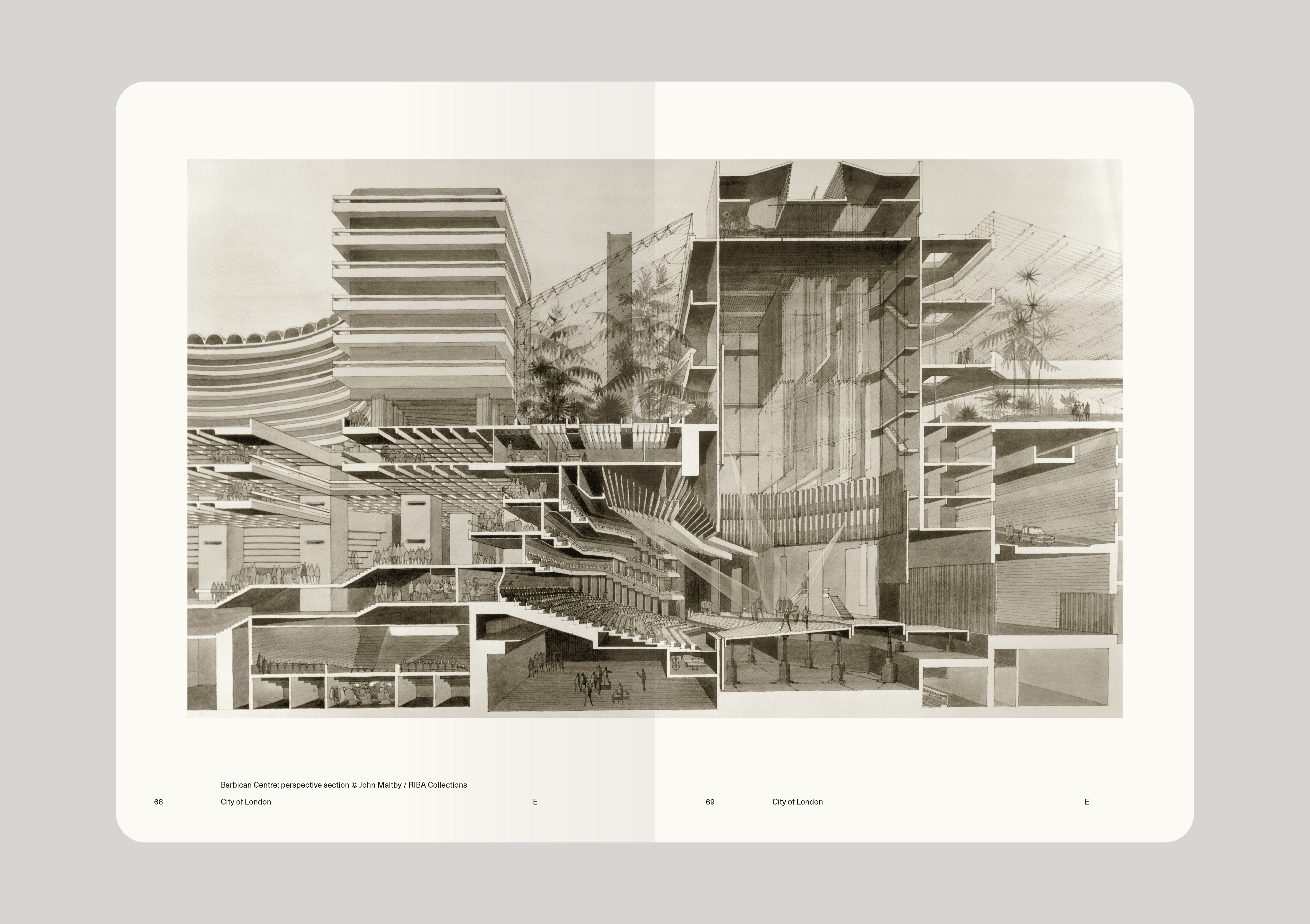
If the ongoing pandemic has changed the way we interact with the city – any – how does that affect our experience of London? Open House, one of the UK capital's most loved autumn architecture calendar staples and a long-term proponent of experiencing architecture first hand, certainly felt a shift. The organisation is famous for its annual weekend of architectural celebration, which has traditionally opened the doors to buildings and places that are usually off-limits to the wider public, revealing lesser known design marvels, instigating debate and exploring spaces – physical, conceptual and virtual. With health and safety guidelines currently in a state of flux and a global crisis unfolding, the festival's traditional approach had to be adjusted; now, a new architecture book, launched ahead of Open House London 2020 (which kicks off on 19 September), The Alternative Guide to the London Boroughs, is here to offer a meaty and refreshing stand-in for those who cannot attend in-person visits and an added bonus to those who can.
When the pandemic hit the UK capital earlier in the year, Open House's newly appointed director, Phineas Harper, who took over the position just a week into the nation's lockdown, knew he was going to have to plan carefully for the 2020 festival edition. The idea of a printed publication soon started to form. ‘At its best, the Open House festival is a critical exploration of London – a journey inside the buildings and history of this complex, contested city,' he says. ‘Faced with Covid, we wanted to create a version of the festival that could open up the stories, struggles and characters behind London's architecture even as the city itself was locking down.'
The result, brilliantly edited by Wallpaper* contributor Owen Hatherley, offers a rich, layered and original look into London's 33 boroughs. Each one has its own chapter, and each is written by a different writer. Contributors were carefully chosen to lead an honest and representative ‘tour' of their assigned territory through their pages. Writers are often local to their allocated borough, able to share candid insights and tell a story that feels personal and honest, such as Jude Wanga's description of ‘the pavements of the London Borough of Islington' and the No 4 bus, and how they helped shaped her since she arrived as a three-year-old asylum seeker from Congo.
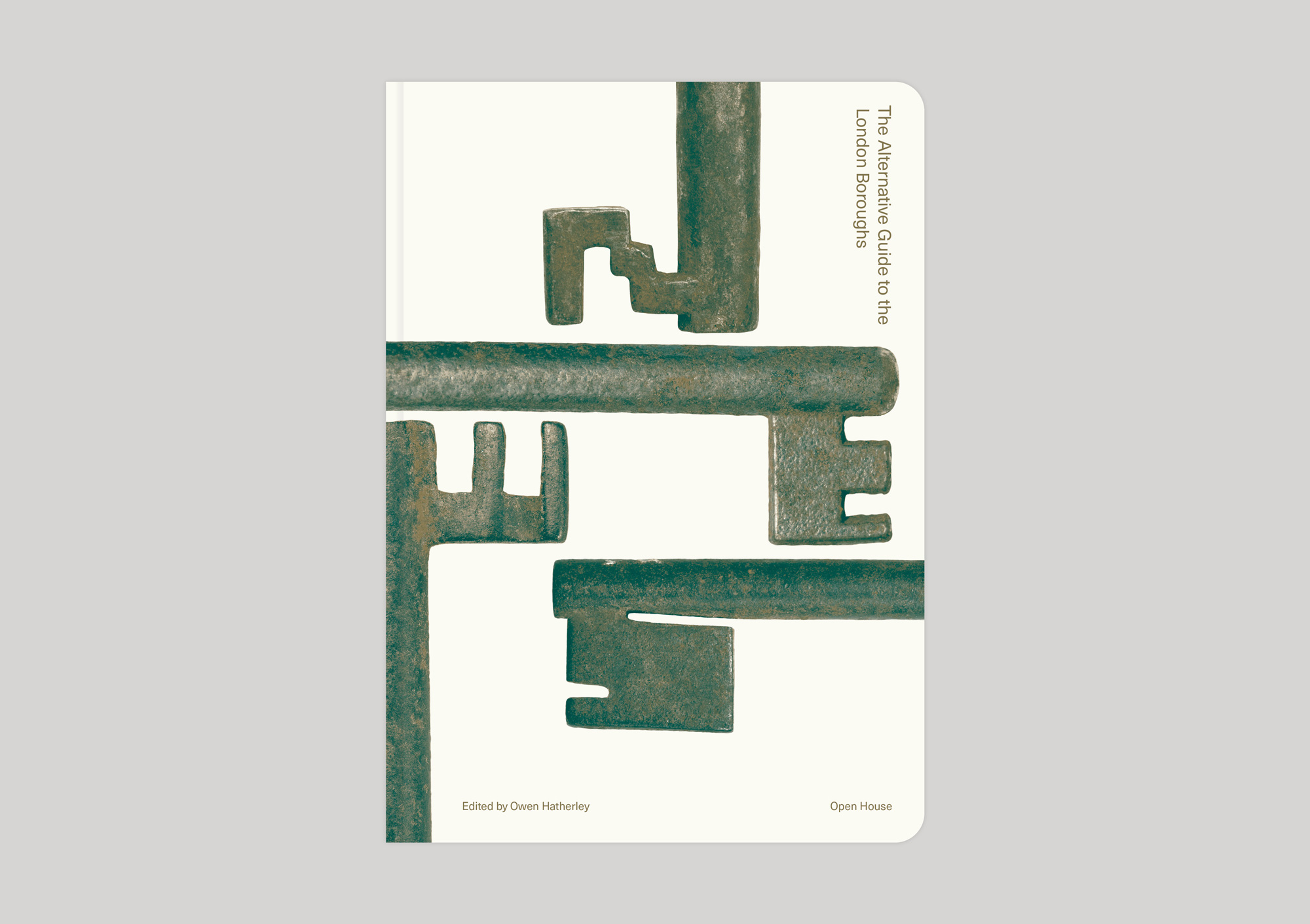
In other cases, says Hatherley, ‘I really wanted to know what a particular writer, who didn't have a local connection, thought of a particular place – Michal Murawski on POSK in Hammersmith, Josie Sparrow on the Red House in Bexley, for instance – sometimes, it's places where I know particular architects have worked, so here Daisy Froud in Harrow, Gavin Leonard in Ealing, and Nicholas Taylor in Lewisham, and one or two more where there were historians who I wanted to get to write about architects they're experts in, so in this case Ewan Harrison's essay on Richard Seifert's blocks on the North Circular in Brent.'
‘But above all I wanted it to have some of the scope and scale of London, some of its vastness and diversity, seeing it as an ordinary metropolis that people are born in and grow up in, rather than just one that people come to from other towns and cities (like I did when I moved here in 1999). We've heard that story a lot but it's only half of the tale,' he continues.
The essays feel intimate and the authors' voices are distinct, engaging and direct. There are tales about origins, travels and childhoods; all superimposed with architectural facts and tales of urban exploration. Each chapter also offers the writers' picks of notable buildings from their area, which are an exciting blend of well known buildings and slightly more ‘hidden' gems from a variety of styles and periods. One could stroll through a neighbourhood, the guide in their arm, and build their own, personal mini-tour, piecing together the complex history of London.
As the Open House's 2020 launch approaches – spanning beyond the original, single weekend, this year's festival runs up until 27 September – Harper has been gearing up to announce the event's new format and expanded horizon, mixing, unsurprisingly, this year, the physical with the virtual. ‘In the immediate future, we're poised to launch the 2020 Open House festival on the 19th of September featuring a mix of original films, model building kits, online children's activities, the new Open City podcast, plus an extensive programme of outdoor events, walking tours and building visits,' he says.
Yet any changes are not just about this year's unconventional circumstances, but also about Open House and the organisation's ongoing relevance and continued key role as a way for people to connect to the built environment. Harper adds: ‘In the longer term, I see our work as connecting big conversations about the future of London and the 46 other cities in the Open House worldwide network with a genuinely public audience who are too often locked out of meaningful debate about architecture and the urban landscape.'
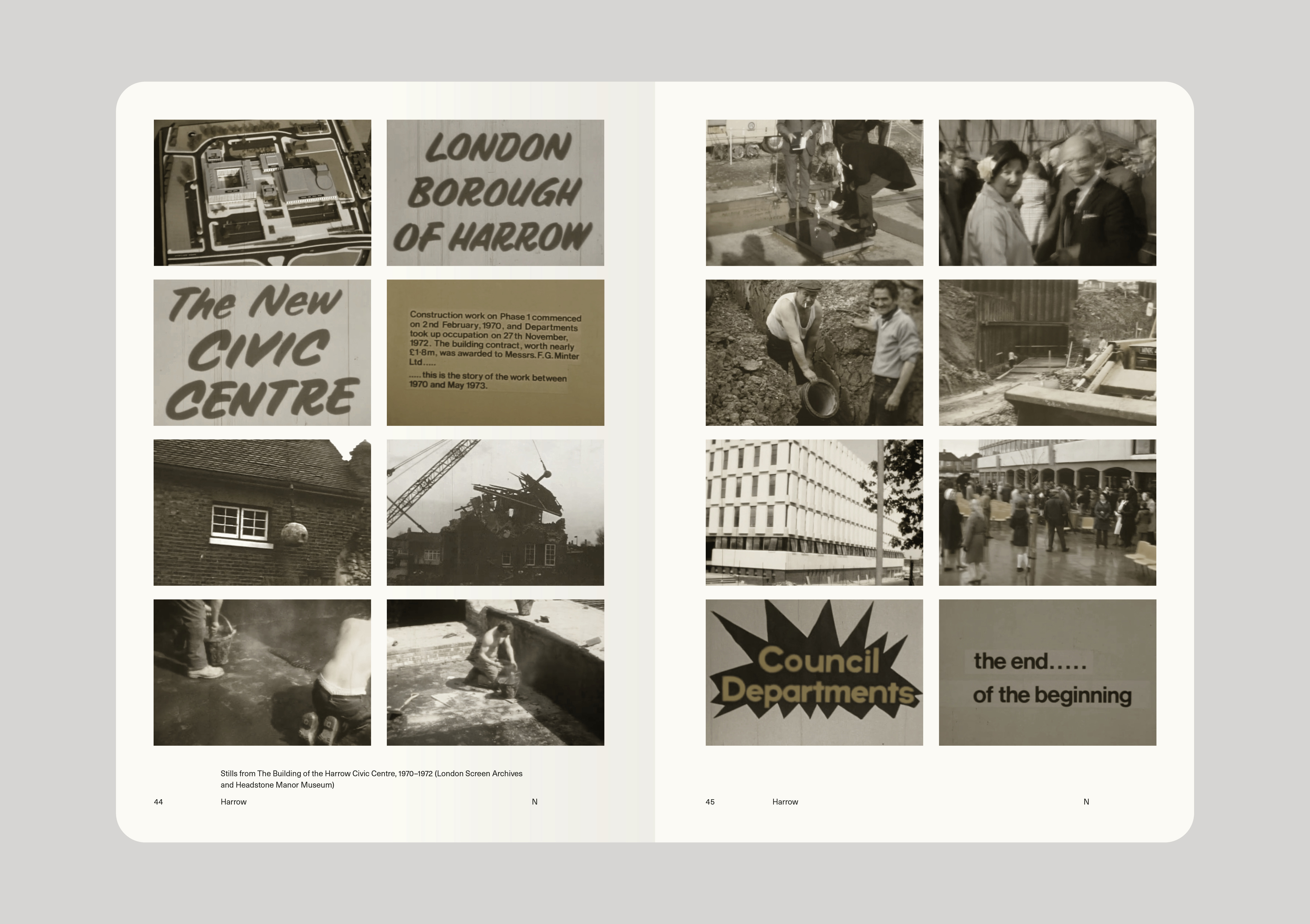
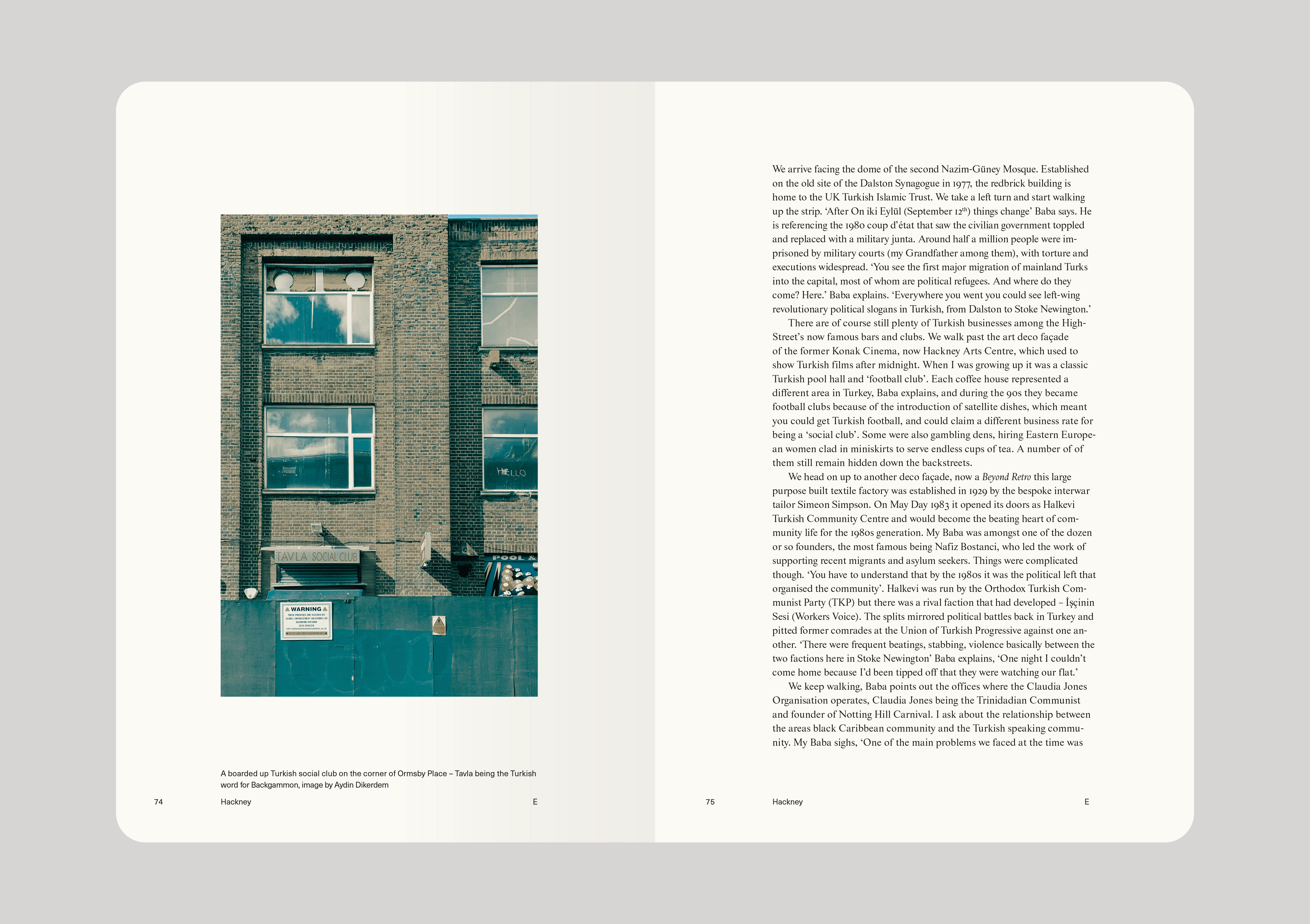
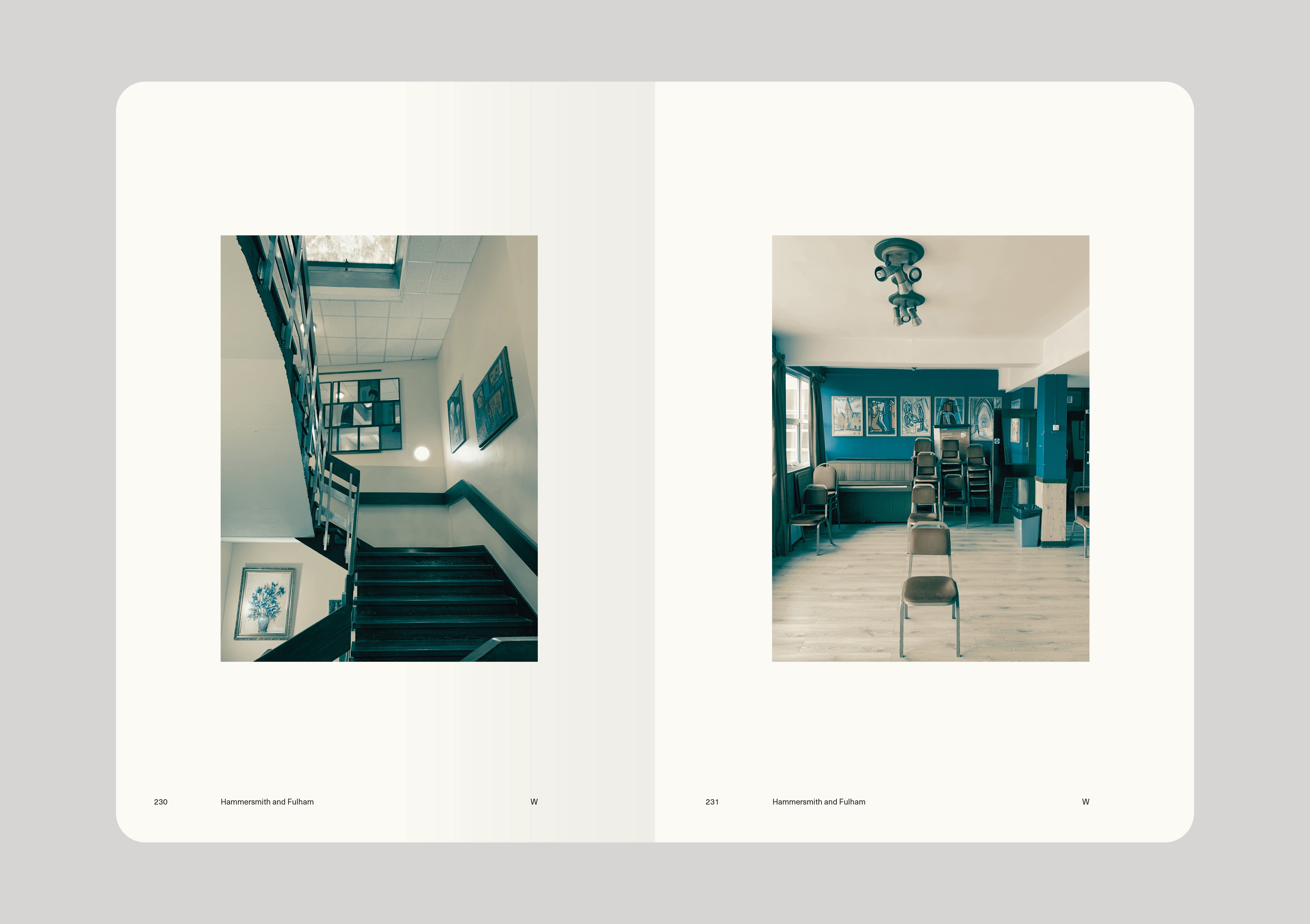
INFORMATION
Wallpaper* Newsletter
Receive our daily digest of inspiration, escapism and design stories from around the world direct to your inbox.
Ellie Stathaki is the Architecture & Environment Director at Wallpaper*. She trained as an architect at the Aristotle University of Thessaloniki in Greece and studied architectural history at the Bartlett in London. Now an established journalist, she has been a member of the Wallpaper* team since 2006, visiting buildings across the globe and interviewing leading architects such as Tadao Ando and Rem Koolhaas. Ellie has also taken part in judging panels, moderated events, curated shows and contributed in books, such as The Contemporary House (Thames & Hudson, 2018), Glenn Sestig Architecture Diary (2020) and House London (2022).
-
 Australian bathhouse ‘About Time’ bridges softness and brutalism
Australian bathhouse ‘About Time’ bridges softness and brutalism‘About Time’, an Australian bathhouse designed by Goss Studio, balances brutalist architecture and the softness of natural patina in a Japanese-inspired wellness hub
By Ellie Stathaki
-
 Marylebone restaurant Nina turns up the volume on Italian dining
Marylebone restaurant Nina turns up the volume on Italian diningAt Nina, don’t expect a view of the Amalfi Coast. Do expect pasta, leopard print and industrial chic
By Sofia de la Cruz
-
 Tour the wonderful homes of ‘Casa Mexicana’, an ode to residential architecture in Mexico
Tour the wonderful homes of ‘Casa Mexicana’, an ode to residential architecture in Mexico‘Casa Mexicana’ is a new book celebrating the country’s residential architecture, highlighting its influence across the world
By Ellie Stathaki
-
 This 19th-century Hampstead house has a raw concrete staircase at its heart
This 19th-century Hampstead house has a raw concrete staircase at its heartThis Hampstead house, designed by Pinzauer and titled Maresfield Gardens, is a London home blending new design and traditional details
By Tianna Williams
-
 An octogenarian’s north London home is bold with utilitarian authenticity
An octogenarian’s north London home is bold with utilitarian authenticityWoodbury residence is a north London home by Of Architecture, inspired by 20th-century design and rooted in functionality
By Tianna Williams
-
 What is DeafSpace and how can it enhance architecture for everyone?
What is DeafSpace and how can it enhance architecture for everyone?DeafSpace learnings can help create profoundly sense-centric architecture; why shouldn't groundbreaking designs also be inclusive?
By Teshome Douglas-Campbell
-
 The dream of the flat-pack home continues with this elegant modular cabin design from Koto
The dream of the flat-pack home continues with this elegant modular cabin design from KotoThe Niwa modular cabin series by UK-based Koto architects offers a range of elegant retreats, designed for easy installation and a variety of uses
By Jonathan Bell
-
 Are Derwent London's new lounges the future of workspace?
Are Derwent London's new lounges the future of workspace?Property developer Derwent London’s new lounges – created for tenants of its offices – work harder to promote community and connection for their users
By Emily Wright
-
 Showing off its gargoyles and curves, The Gradel Quadrangles opens in Oxford
Showing off its gargoyles and curves, The Gradel Quadrangles opens in OxfordThe Gradel Quadrangles, designed by David Kohn Architects, brings a touch of playfulness to Oxford through a modern interpretation of historical architecture
By Shawn Adams
-
 A Norfolk bungalow has been transformed through a deft sculptural remodelling
A Norfolk bungalow has been transformed through a deft sculptural remodellingNorth Sea East Wood is the radical overhaul of a Norfolk bungalow, designed to open up the property to sea and garden views
By Jonathan Bell
-
 A new concrete extension opens up this Stoke Newington house to its garden
A new concrete extension opens up this Stoke Newington house to its gardenArchitects Bindloss Dawes' concrete extension has brought a considered material palette to this elegant Victorian family house
By Jonathan Bell